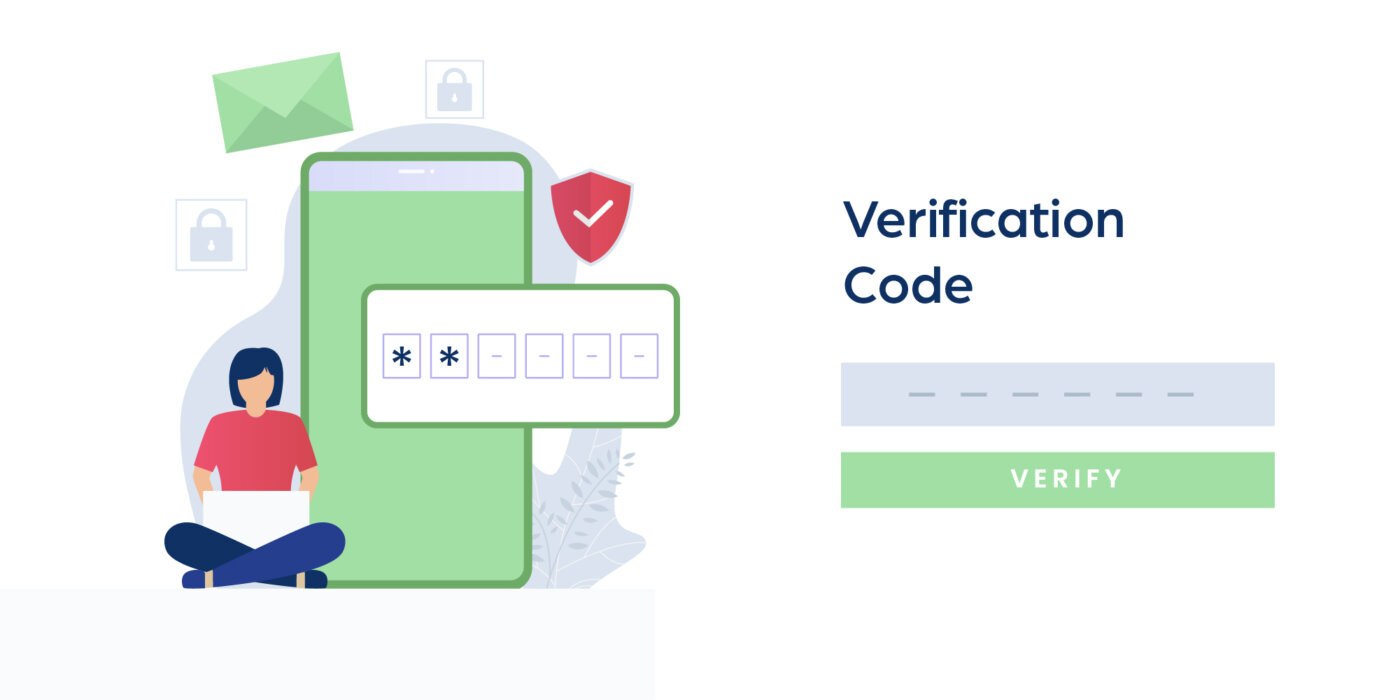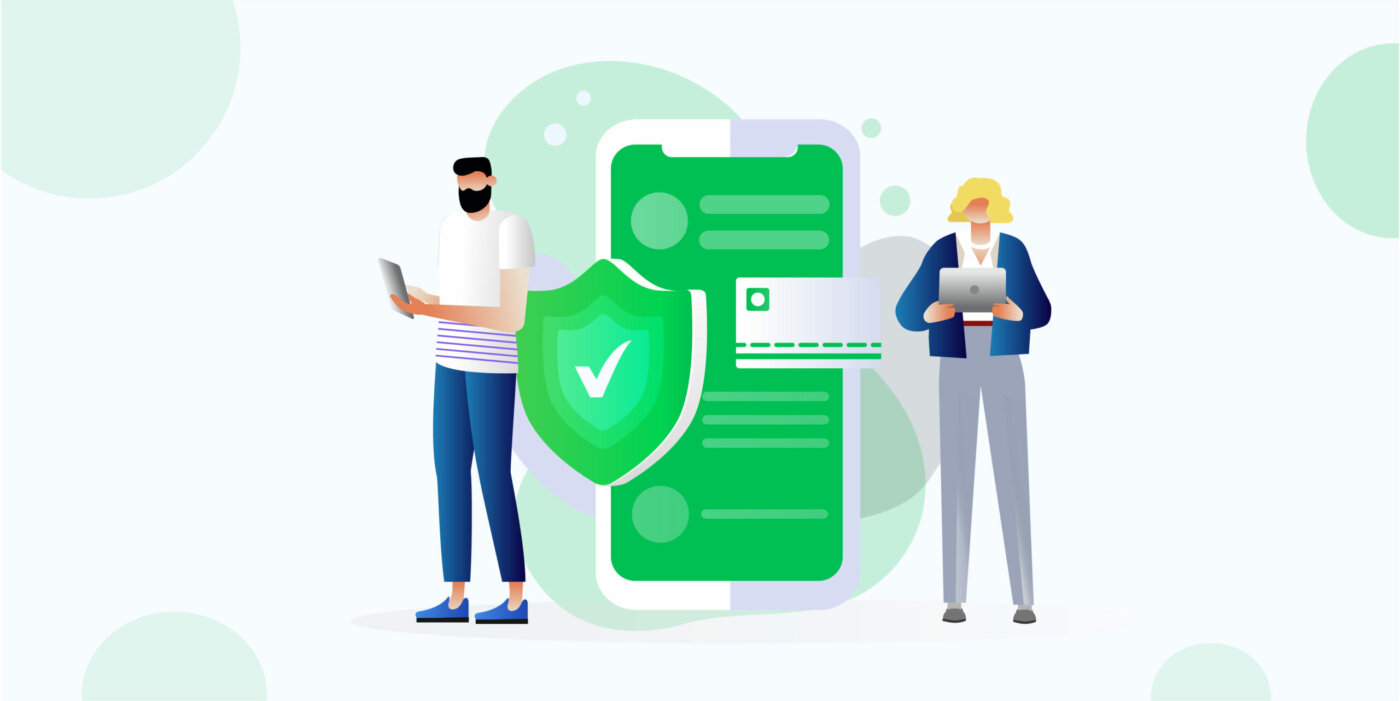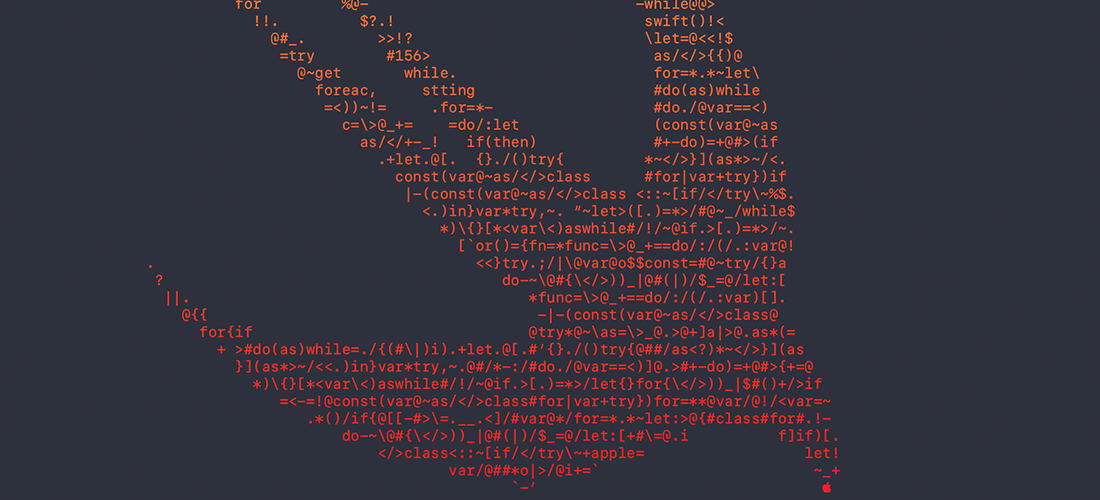
19 February 2021
4 Practices to Improve Your App Onboarding
In this blog, we’ll touch on how to make your app onboarding process smoother and more user friendly.
First impressions last. When it comes to welcoming new users to your app, you have to take special care to ensure they start using your app fast and without frustration.
A long and drawn-out onboarding might make or break your app, as users want everything to be as fast as possible. We’ve put together four practices to follow when designing a fast and reliable onboarding process.
Make it fast and easy to sign-up
According to Clutch, roughly 75% of users think the app onboarding process should take a minute or less. Keep your sign-up forms short and sweet to reduce churn at this stage. Users generally dislike filling out long-winded forms, and the more time users have to spend filling out forms, the more frustrated they become. The downside of asking too much information is that it pushes users away and they might give you completely fake information just to continue to the app and skew your datasets in the process.
So how long should they be? It depends on your app, of course, but a simple email and a password field should suffice in most cases. Better yet, you can ditch the e-mail and password and utilize the user’s phone number as a login method, further simplifying the initial sign-up and the subsequent login processes. Remember that most users try out apps “just for fun”. When you put your users through a long and boring sign-up process and delay the “fun”, they’ll just uninstall your app and move on to another one.
Don’t ask for personal information and permissions that are not needed
In your app onboarding process, give your users a clear explanation of why you need the personal information and permissions that you’re asking for. Tell your users why you need to have their personal information and a particular set of permissions. Users have grown wary of their data being used for shady purposes, especially in the past few years, and you don’t want your app to look suspicious. Does your app really need microphone or location access? If yes, you should convey the reasons to your users.
For example, a simple flashlight app obviously doesn’t need access to location information. Even if you’re not planning to do anything malicious with this data, it’ll raise some eyebrows. Always be open and transparent to your users, explain the reasons behind that particular permission and let your users know what you’ll do with it. Build trust, and loyalty will follow.
Don’t overwhelm your users with too much information
It might feel tempting to explain every feature that your app has to your users right away during app onboarding, but it usually ends up overwhelming for the user. The old mantra “Show, don’t tell” is appropriate here: instead of filling up the screen with text explaining how to use the app or as a feature showcase, show them how to get around the app and use basic functionality with simple animations and screenshots.
The goal here is to make sure the user knows how to navigate the app and make use of the functionalities. A short animated walkthrough of navigation and basic functionality is generally enough to get the user to the good parts of your app. For any advanced features, you might want to add another animated walkthrough just for that part. Keep your explanations short, simple, and to the point.
Streamline your login and user verification processes
Making it easy to sign up and hop in and out of your app is a huge quality-of-life feature for your app. So, what’s the best way to go about it? How do you verify your users securely and without turning it into a hassle? Authenticating your users can be a bit of a problem when you try to balance convenience and security.
One-factor-authentication, such as using passwords, is on its way out. Using passwords to authenticate your users are not just only becoming increasingly insecure, it hinders the user experience and the overall feel of the app. Instead of utilizing the old username and password paradigm, you should opt for a 2FA solution that solves both the security and convenience issues.
Using a unique identifier like a phone number, you can send a one-time-password to your users via SMS when they’re signing up and logging in. This way, your users won’t have to deal with any passwords.
The downside to this method is that SMS is pricey and the cost varies between operators and countries. With VerifyKit, you can do away with SMS and deliver your OTPs via popular messaging app WhatsApp, cutting your verification costs. You still can use SMS with VerifyKit of course, and in this case, VerifyKit finds the cheapest operators for you automatically, further cutting your costs.
Find out more about what VerifyKit can do for you here and drop us a line. We’ll be glad to hear from you.
Share








